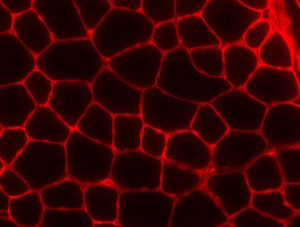7T MRI Reveals a Link Between Meningeal and Gray Matter Involvement in MS
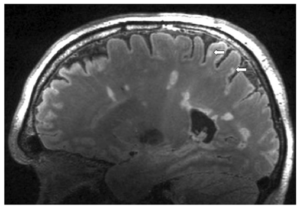
Increased immune system activity at the brain’s surface, or meningeal inflammation, is believed to be important for understanding how relapsing remitting multiple sclerosis (RRMS) — the most common early form of the disease — progresses to more advanced clinical stages. But the most commonly available MRI technology, 3 Tesla (3T), offers a limited view of meningeal inflammation.
Read More
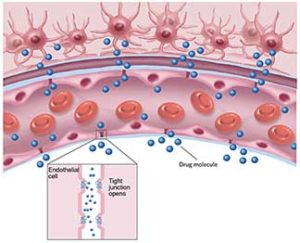
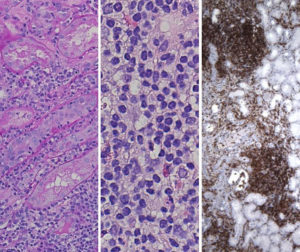

 Traditionally, juvenile idiopathic arthritis (JIA) has been considered a distinct condition from the types of arthritis seen in adults. But increasingly, research is showing that juvenile and adult forms of arthritis represent a continuum.
Traditionally, juvenile idiopathic arthritis (JIA) has been considered a distinct condition from the types of arthritis seen in adults. But increasingly, research is showing that juvenile and adult forms of arthritis represent a continuum.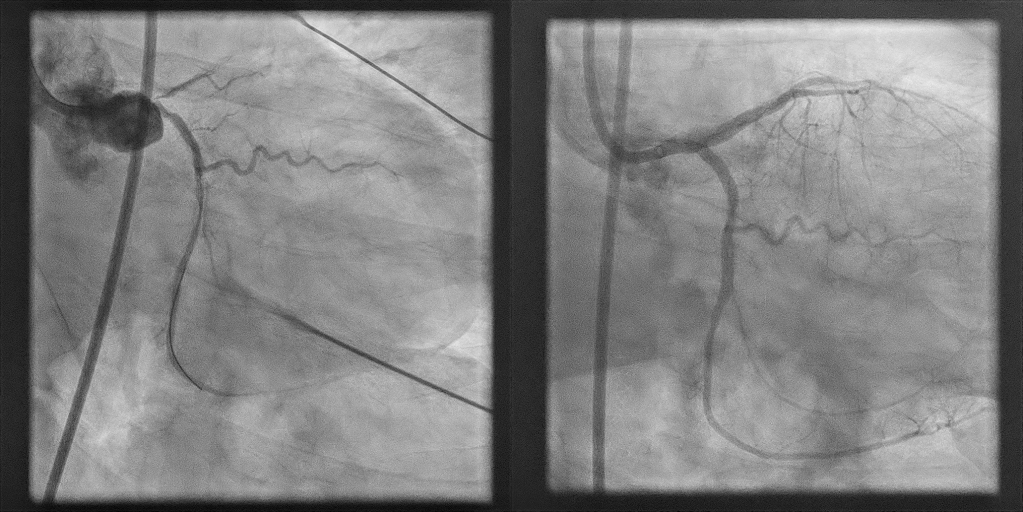
 In 2011, Brigham and Women’s Hospital made headlines as the site of the nation’s first full face transplant. In July 2019, the Brigham set another milestone with the world’s first full face transplant procedure on a black patient and the oldest recipient ever. It was the ninth face transplant at the Brigham and the 15th nationwide.
In 2011, Brigham and Women’s Hospital made headlines as the site of the nation’s first full face transplant. In July 2019, the Brigham set another milestone with the world’s first full face transplant procedure on a black patient and the oldest recipient ever. It was the ninth face transplant at the Brigham and the 15th nationwide.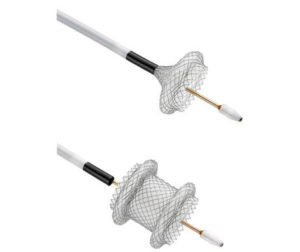 For three decades, the
For three decades, the 